Gardening With Australian Native Flowers
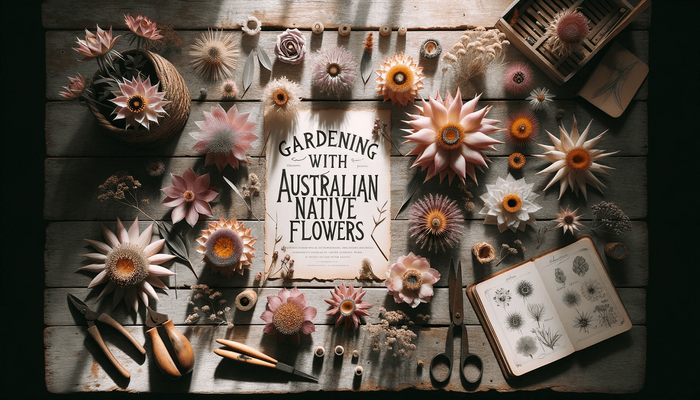
\We just can’t get enough of Australian native flowers. We love its sculptural forms, rich colours, and wild and mystical appeal. Their distinct quality and diversity make any floral arrangement look unique and unpredictable. It’s easy to see why native blooms have become increasingly popular among gardeners, florists, and flower enthusiasts.
Lily's Florist stocks a wide variety of Australian Native Flowers, they are long lasting, great for any occasions, and can be delivered Monday to Saturday.
Ready to grow some in your own garden? Get to know some of the most attractive natives and see which ones will thrive best in your yard.
Key Points:
- Australia boasts a rich variety of native flowers, from Blue Mist Native Bluebell to Coastal Rosemary. Their distinctive appeal and diversity make any garden unique and captivating.
- Each flower has its unique features, such as the Blue Mist Native Bluebell's ornamental properties, Coastal Rosemary's suitability for hedging, or Native Fuchsia Correa's beautiful pink, bell-shaped flowers.
- Each plant has specific growing requirements. For example, Coastal Rosemary tolerates drought and frost, whereas Native Fuchsia Correa grows best in light, sandy soil with good drainage.
- The mentioned native flowers can thrive in various settings and uses - from small gardens, under trees, hanging baskets, to border plants.
- Many of these native flowers, like the NSW Christmas Bush, attract bees, butterflies, and moths, offering an additional advantage of promoting local biodiversity.
BLUE MIST NATIVE BLUEBELL
Wahlenbergia stricta
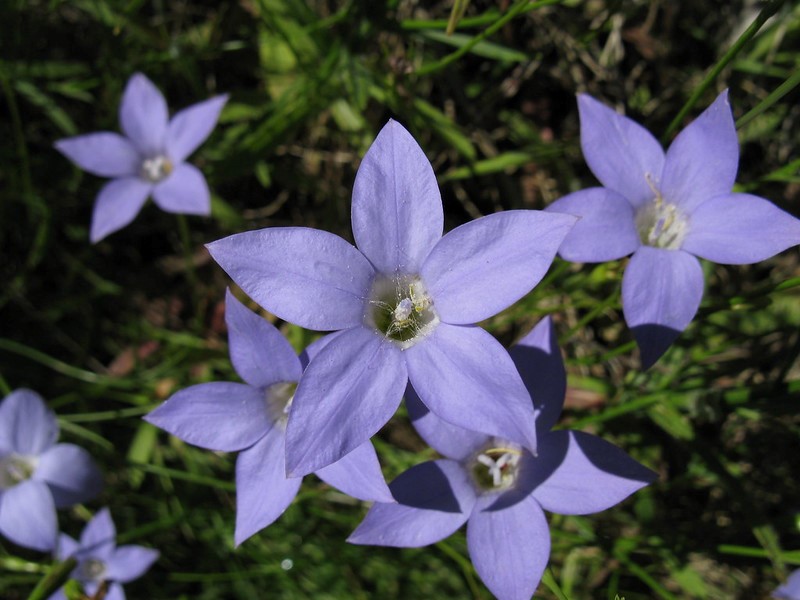
Photo Credit: Harry Rose
Characteristics: An ornamental perennial herb with small but showy five-petalled flowers in pale to deep blue. The leaves are hairy, linear and become narrow near flowers. Will look excellent in small gardens, under trees, as border plant, in hanging baskets, or in pots.
Cultivation: Prefers well-drained soils, full sun or semi-shade and does well in different soils.
COASTAL ROSEMARY
Westringia fruticosa
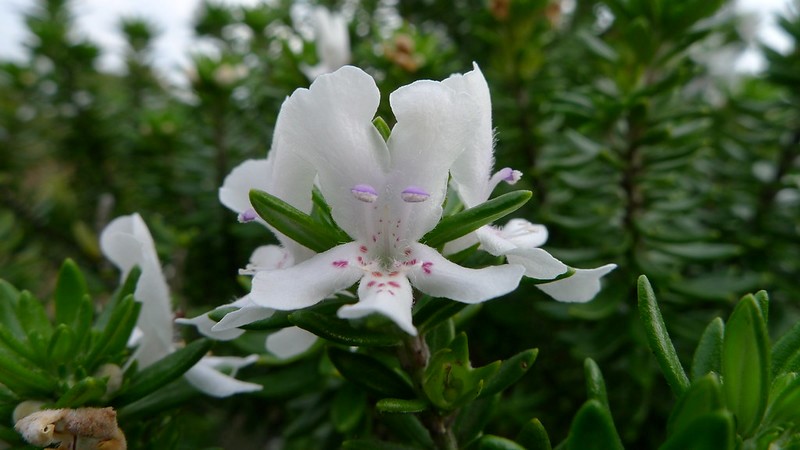
Photo Credit: John Tann
Characteristics: Producing small white to mauve flowers, Westringia makes a lovely low hedge. This plant with grey-green leathery leaves establishes quickly and is suited for both formal gardens and cottage-style gardens.
Cultivation: Prefers full sun to light shade. Tolerates drought and frost. Grows in most soil types. Low maintenance once established. Prune up to thrice a year after flowering.
CORREA – NATIVE FUCHSIA
Correa reflexa
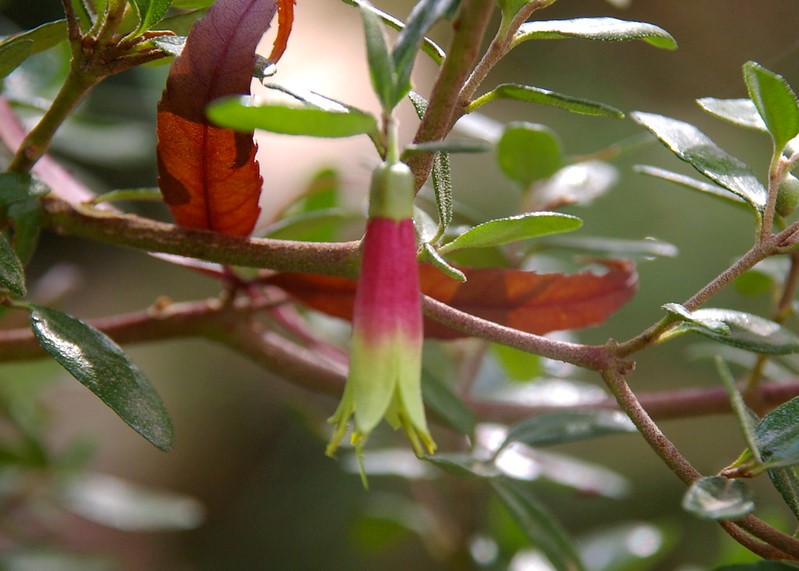
Photo Credit: Percita
Characteristics: Perfect for coastal areas, Correa is a small shrub that flowers in autumn and winter and produces bell-shaped flowers in lovely pale pink shade. Great as a landscaping plant, correas can thrive well in poolsides, cottage gardens, coastal gardens and courtyards.
Cultivation: Frost and drought hardy. Will look fabulous in a mixed garden bed. Grows well in almost any soil but will thrive best in a light sandy soil with good drainage. Grows in shade or full sun, with wind protection.
COTTONHEADS
Conostylis candicans
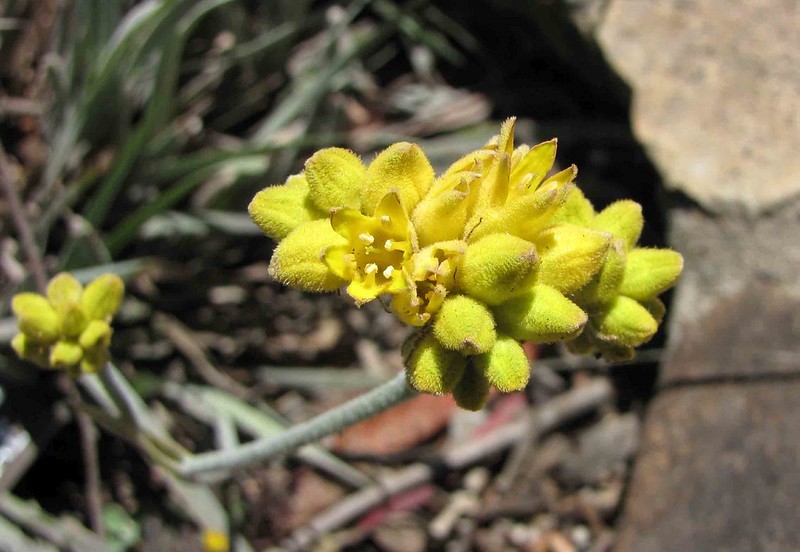
Photo Credit: 阿橋 HQ
Characteristics: Get attractive yellow flowers from winter to summer when you plant the perennial Grey Cottonheads. Native to Western Australia, this plant also has grey-green sword-like leaves that grow in clumps. Attractive to bees and butterflies. Great as groundcover or border plant.
Cultivation: Plant on very well-drained soil, on a sunny spot. This plant can withstand moderate frost and can take drought.
FLAME PEA
Chorizema varium
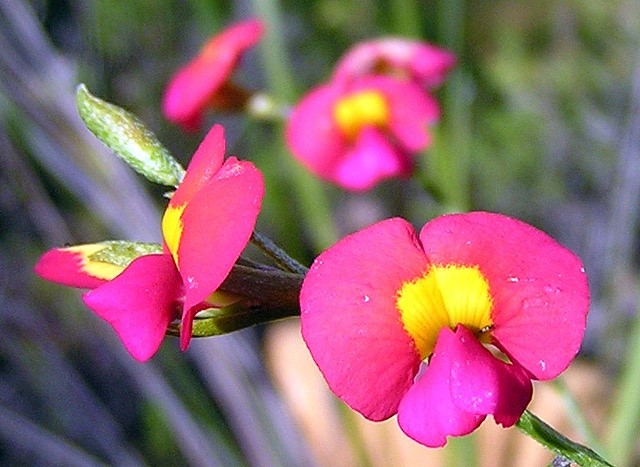
Photo Credit: Julia Gross
Characteristics: Prettify a dull area in your garden with the bright hue of Flame Pea. Chorizema will give you pink and orange flowers. This is a versatile flowering plant great for garden beds but can be planted as groundcover or climber as well. Makes a stunning pot plant, too.
Cultivation: Plant in moist but well-drained soil under sunny to light shade. Likes dry, well-drained soil.
HAPPY WANDERER
Hardenbergia violaceae
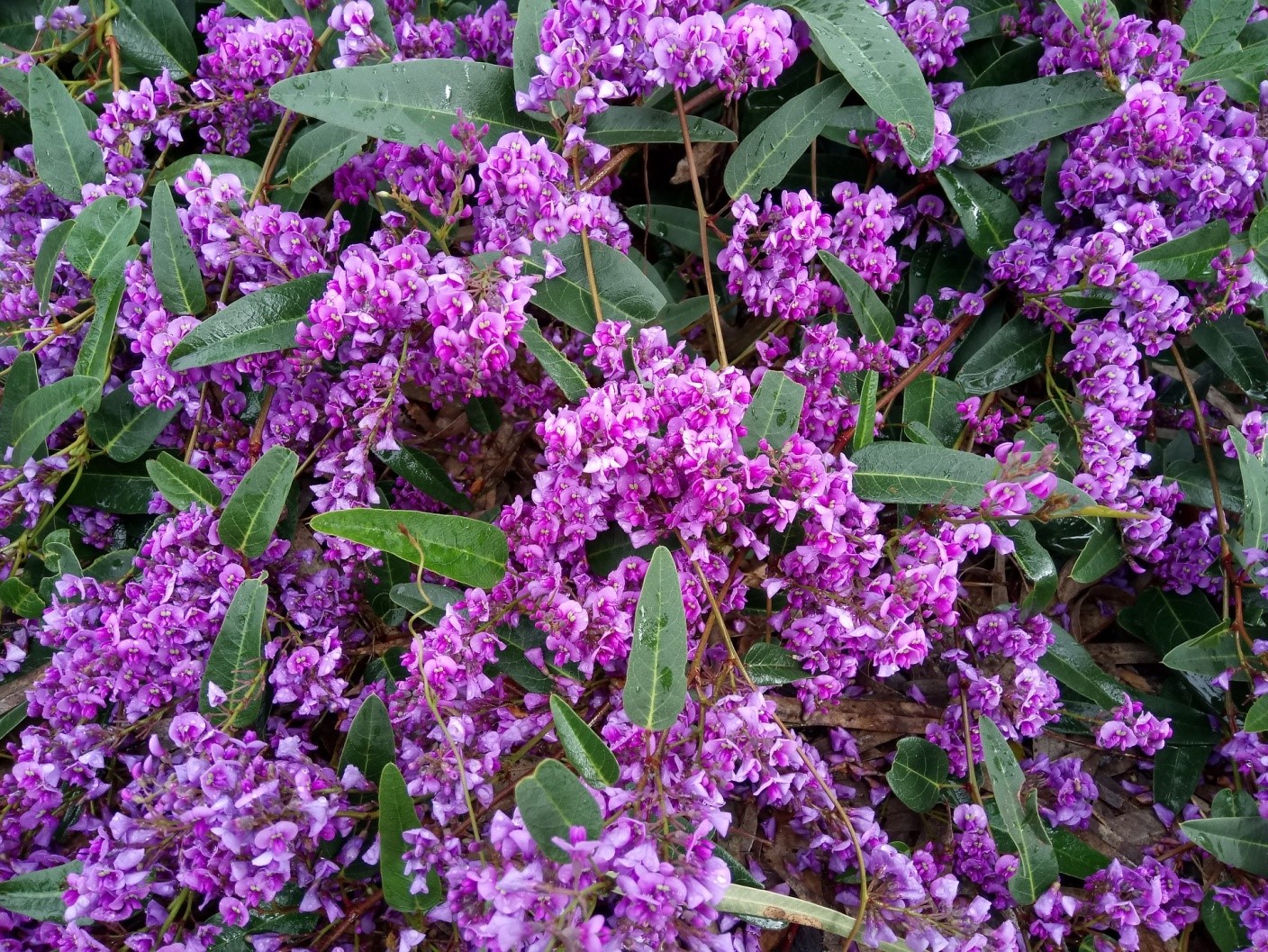
Characteristics: This shrubby evergreen vine produces eye-catching clusters of deep purple flowers and glossy dark green leaves. You can decorate your garden’s fences or trellises with this vigorous climbing Hardenbergia. You can likewise plant it on ground and leave it as an abundant and attractive groundcover.
Cultivation: Thrives in rich, neutral soil that receives regular watering on warmer months. Established Happy Wanderers can survive with little water. Prefers full to partial sun exposure and can tolerate light frost.
KANGAROO PAW
Anigozanthos manglesii
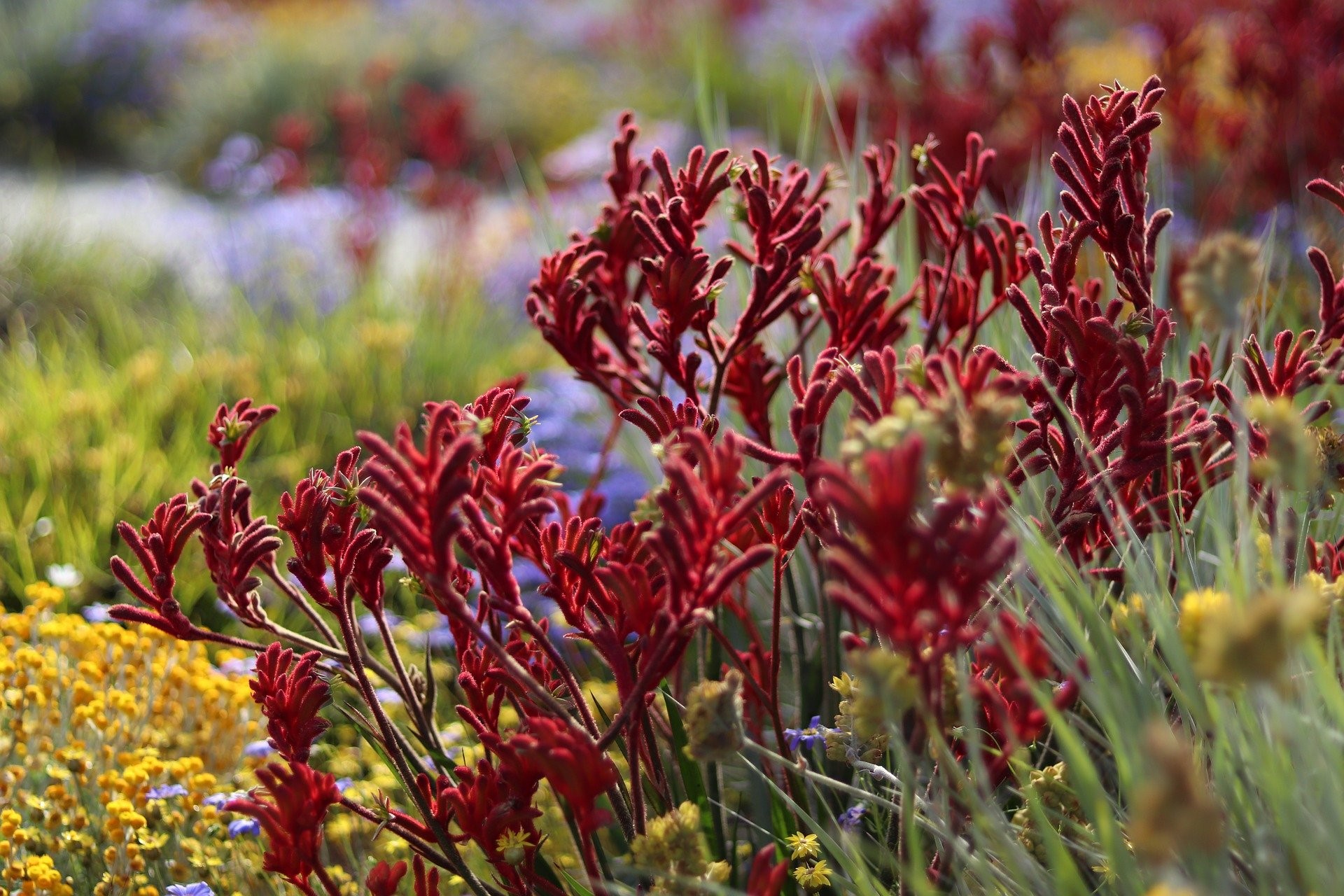
Characteristics: Uniquely stunning when in bloom, elegant evergreen when not. You can find the Kangaroo Paw in single, bi-coloured and tri-coloured forms in pink, red, orange, yellow, green and almost white. This flower’s bold presence makes it a stand-out cut flower indoors.
Cultivation: Grows best in slightly acidic soils and full sun exposure. Prune old flowers and dead foliage regularly. Plant in a feature garden bed or pots.
NSW CHRISTMAS BUSH
Ceratopetalum gummiferum
Characteristics: Attractive to butterflies, bees and moths, the NSW Christmas bush’s bright-coloured sepals is this plant’s key feature. The little red flowers can surely liven up your garden. When cut, the tiny scarlet flowers can provide your indoors with a splash of colour for up to three weeks. Another interesting feature of this plant is its slim leaves that look bronze in hue but turns to green.
Cultivation: Grows best in bush garden settings on a sun-drenched spot. Prefers sandy, well-draining soil. Requires regular watering in spring and summer.
SILVER SPURFLOWER
Plectranthus argentatus
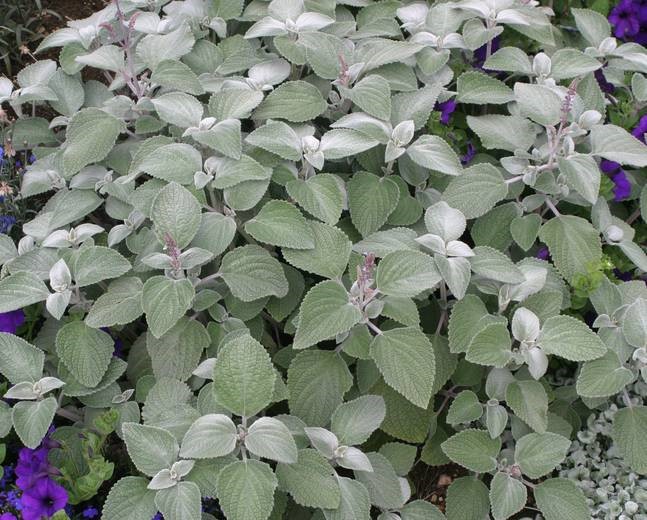
Photo Credit: Candide Gardening
Characteristics: A loose-spreading shrub with leaves and branches covered in short silver hairs. Flowers in autumn, this plant will give you visually appealing spikes of white and mauve flowers. Makes an interesting and impressive plant in your garden as it stands out with or without flowers.
Cultivation: Best for shady areas. Likes rich, well-drained soil with even moisture.
SPOTTED EMU BUSH
Eremophila maculate
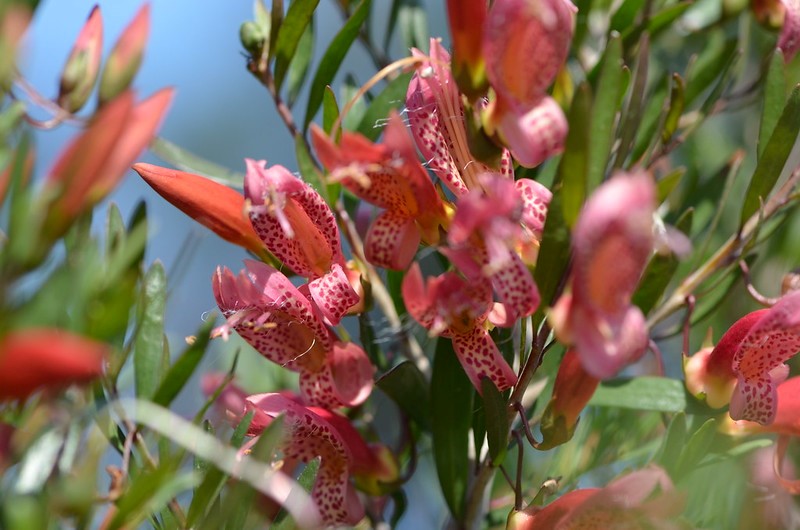
Photo credit: Margaret Donald
Characteristics: Producing red/purple tubular flowers with white spots and small, narrow green leaves, this ornamental shrub can add an interesting visual appeal to your garden. Use as screening or hedge plant.
Cultivation: Grows best in well-drained heavy soils, under partial shade to full sun.
WARATAH
Telopea speciosissima
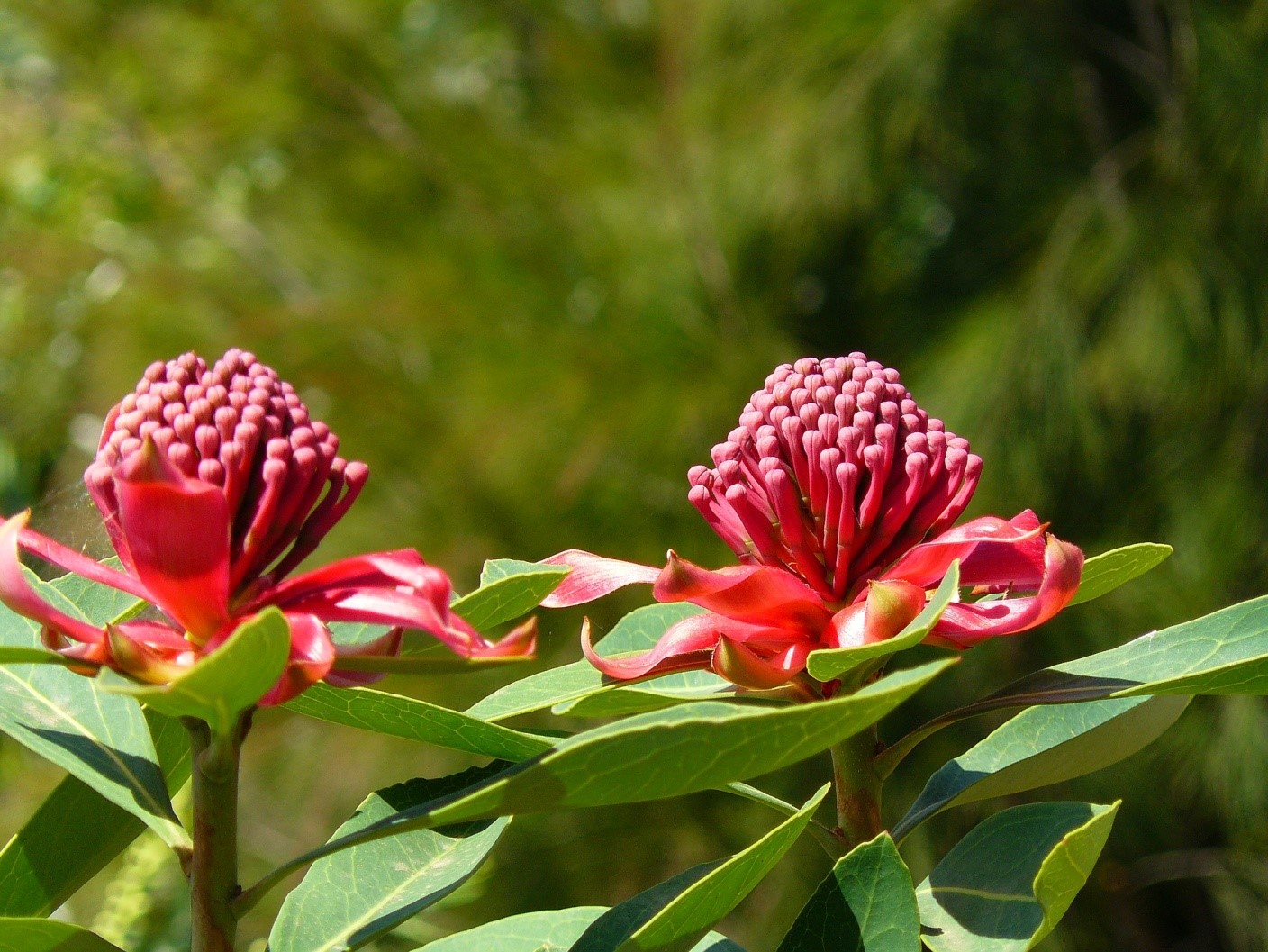
Characteristics: Undeniably beautiful with its bold, blood-red flower head atop striking foliage, the waratah can surely give your garden’s look a major boost. Get the dwarf variety when planting in pots. Waratah’s spectacular flowers also come in pink, yellow and white depending on cultivar.
Cultivation: Start with selecting a plant that is young and vigorous-looking and not root-bound. Protect from wind and afternoon sun. Will flourish best in free-draining, slightly acidic soil and on a sunny yet sheltered spot. Dislikes clay soil.
These are just some of the native flora you can consider when creating a native garden. Before planting natives, just remember to recognise your location and see if your chosen plant is suited to your soil, climate and zone conditions.
